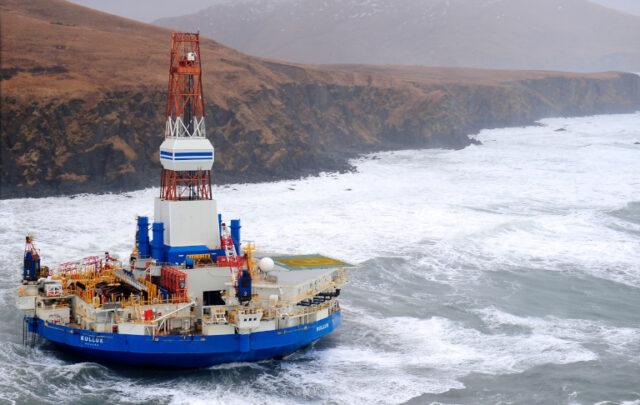I discussed the short-term weakness in oil prices. Let’s discuss the long term. Oil is headed back up, for all the familiar reasons.
Really, it’s not like anyone is finding new large oil deposits out in exploration land. Indeed, a whole lot of looking is leading to not very much finding in the exploration patch.
The big Oil companies are taking oil out of the ground. But generally, they are not replacing their reserves through reserve growth or resource expansion. To the extent that the oil companies are expanding reserves in the short term, it’s by searching further out in the ocean or further north in the ANWR And that raises the cost structure for production.
It’s a rare oil company that replaces its annual output with new reserves.
Compounding the problem, much of the world is off-limits to the traditional exploration and production model. The large national oil companies (NOCs), such as Saudi Aramco, Sonangol, Petroleos de Venezuela, Gazprom, Rosneft, etc., control the bulk of the world’s resources. About 85% of the world’s oil and gas reserves are controlled by NOCs. About 7% of the world’s hydrocarbon reserves are controlled by the Western companies.
Working Hard in a Tough Environment
So the traditional Big Oil outfits (Exxon Mobil, Shell, BP, Total, etc.) are scrambling hard to replace the reserves that get pumped out via normal production. Even in the places where the Western companies can operate, it’s no picnic.
The Washington Post — in an editorial, no less — was downright sympathetic as it described the difficult operational scenario for Shell Oil Co. on a major lease in the U.S.:
“The five leases that have made up the Shell Perdido project off Galveston since 1996 are not classified as producing. Only when it starts pumping the equivalent of an estimated 130,000 barrels of oil per day at the end of the decade will it be deemed ‘active.’ Since 1996, Shell has paid rent on the leases; filed and had approved numerous reports with the MSS [Minerals Management Service], including an environmentally sensitive resource development plan and an oil spill recovery plan that is subject to unannounced practice runs by the MMS; drilled several wells to explore the area at a cost of hundreds of millions of dollars; and started constructing the necessary infrastructure to bring the oil to market.”
The Washington Post concluded, “The notion that oil companies are just sitting on oil leases is a myth.”
So it’s tough out there in the field. It’s hard work to find reserves and lift them to the surface. There are rising production costs, and now the producers are selling into a declining market price.
Stock prices are down. Yes, it hurts if you’ve been buying shares in the past year or so. But the other way to look at it is that some great companies are now on sale. You can pick up resource plays in 2008 at 2005 prices.
Keep your eye on the long term, and don’t panic out of any buying opportunities.
Until we meet again,
Byron King
Note: Byron King is a frequent contributor to the free e-letter Whiskey & Gunpowder





